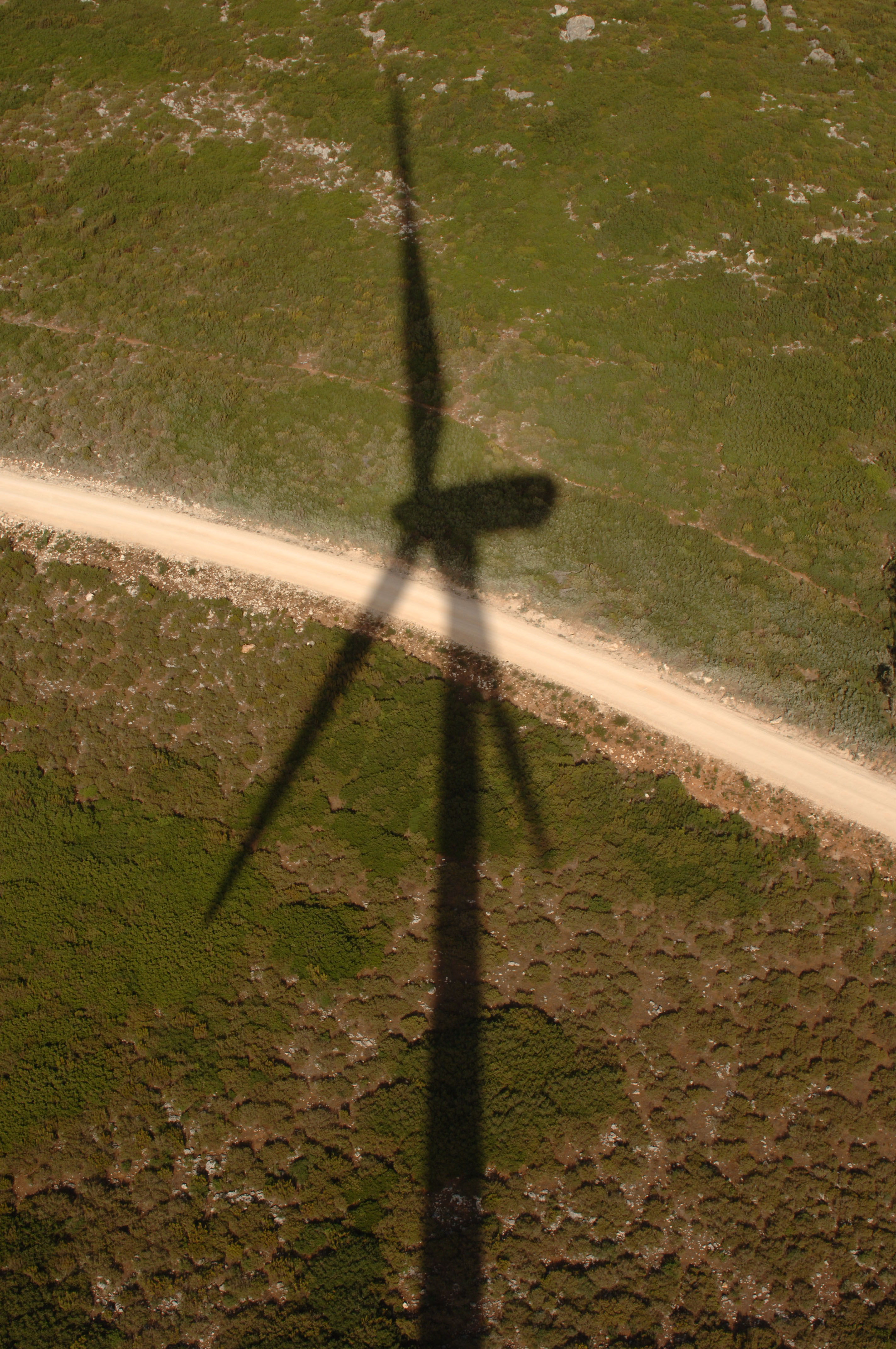MAIN PUBLICATION :
| Home � SCENARIOS & TARGETS � Introduction |

|
PART VI - SCENARIOS & TARGETS
Acknowledgements:
Part VI was compiled by Arthouros Zervos of the National Technical University of Athens, Greece (www.ntua.gr) and Christian Kjaer of EWEA.
Introduction
In December 2008, the EU agreed to a 20 per cent binding target for renewable energy for 2020. The agreement means that more than one third of the EU’s electricity will come from renewable energy in 2020, up from 15 per cent in 2005. To achieve this, the European Commission has calculated that 12 per cent of EU electricity should come from wind power. Part VI takes different scenarios and targets for wind energy development from the industry, the International Energy Agency (IEA) and the European Commission and compares them. It makes sense of what they mean in financial, environmental, industrial and political terms, both for the EU and globally. It explains how factors such as energy efficiency, offshore development and political decisionmaking will have a significant effect on whether current scenarios for total installed capacity and the percentage of electricity coming from wind power hold true. Moreover, fluctuating oil prices affect avoided fuel costs, and carbon prices determine how much wind energy saves in avoided CO2.
These uncertainties have made it necessary for the European Wind Energy Association (EWEA), the Global Wind Energy Council (GWEC), the European Commission and the IEA to develop differing scenarios for wind energy development to 2020 and 2030. Part VI of this volume uses a wide variety of graphs and charts to depict and compare the various possibilities. It looks at what these translate into in terms of electricity production from wind. It discusses the potential evolution of the cost of installed wind power capacity and of the expenditure avoided thanks to wind’s free fuel, again comparing EWEA, European Commission and IEA scenarios.
Overall, the chapters in this final part demonstrate through detailed analysis the relatively indefinite, albeit bright, future of wind energy in Europe and worldwide. Wind energy is set to continue its impressive growth and become an ever more mainstream power source. Yet specific scenarios will remain open to conjecture and modification due to the vast quantity of unknowns to which wind energy development is
subject.
Overview and Assessment of Existing Scenarios
The European Commission’s 1997 White Paper on renewable sources of energy set the goal of doubling the share of renewable energy in the EU’s energy mix from 6 per cent to 12 per cent by 2010. It included a target of 40,000 MW of wind power in the EU by 2010, producing 80 TWh of electricity and saving 72 million tonnes (Mt) of CO2. The 40,000 MW target was reached in 2005. Another target of the White Paper was to increase the share of electricity from renewable energy sources from 337 TWh in 1995 to 675 TWh in 2010. By the end of 2007, there was 56,535 MW of wind power capacity installed in the EU, producing 119 TWh of electricity and saving approximately 90 Mt of CO2 annually.
The European Commission’s White Paper was followed by Directive 2001/77/EC on the promotion of electricity from renewable energy sources. This important piece of legislation for renewables has led the 27 Member States to develop frameworks for investments in renewable energy. These frameworks had to include financial instruments and reduce both administrative and grid access barriers.
The directive set national indicative targets for the contribution of electricity from renewables as a percentage of gross electricity consumption. The overall goal set out in the directive was to increase the share of electricity coming from renewables from 14 per cent in 1997 to 22 per cent (21 per cent after enlargement) in 2010. With the latest EU directive for the promotion of renewables, more than one third of the EU’s electricity will come from renewable energy in 2020.
The 40,000 MW goal from the European Commission’s White Paper formed EWEA’s target in 1997, but three years later, due to the strong developments in the German, Spanish and Danish markets for wind turbines, EWEA increased its target by 50 per cent to 60,000 MW by 2010 (and 150,000 MW by 2020). In 2003, EWEA once again increased its target, this time by 25 per cent to 75,000 MW by 2010 (and 180,000 MW by 2020). Due to the expansion of the EU with 12 new Member States, EWEA has now increased its prediction for 2010 to 80,000 MW, while maintaining its 2020 target of 180,000 MW and setting a target of 300,000 MW by 2030.

Source: EWEA
| Acknowledgements | Sitemap | Partners | Disclaimer | Contact | ||
|
coordinated by  |
supported by  |
The sole responsibility for the content of this webpage lies with the authors. It does not necessarily reflect the opinion of the European Communities. The European Commission is not responsible for any use that maybe made of the information contained therein. |
